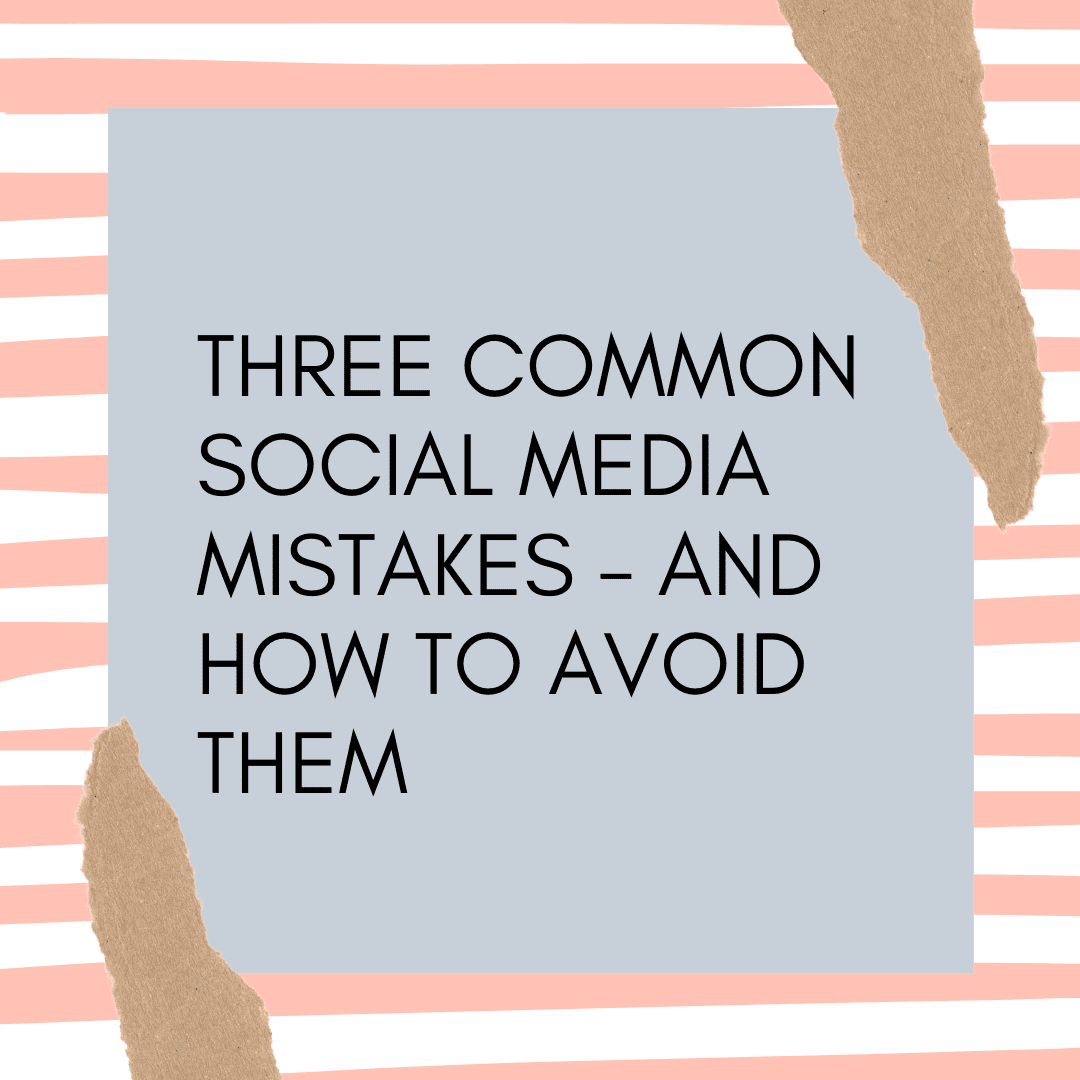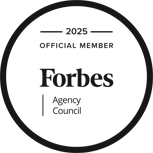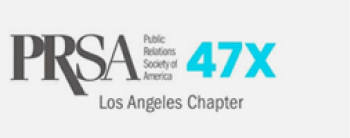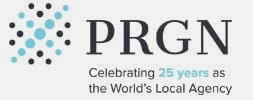
Three Common Social Media Mistakes – and How to Avoid Them
-
- Having too many channelsFacebook, Instagram, LinkedIn, Twitter, YouTube. Most consider those to be the standard, “must have” social media channels.As we know, there are always new contenders – Snapchat, TikTok – some of which last, some of which disappear overnight. And others are important for focused audiences (Pinterest).But if you are not doing a good job with creating and sharing quality content on a regular basis – and you’re overwhelmed by the number of channels – what does it matter which channels you have set up?Solution:
Take a commonsense approach and work with the channels that matter to your audience. If you’re a B2B company, then LinkedIn is important. If you’re a consumer brand, Instagram is a must-have.While it’s always a good idea to “reserve” channels under your organization’s name so no one else can take them, you don’t need to focus on them if you think you don’t have the time to do it right.
You’re better off with one outstanding channel than five that are out of date. We all know that expression, “Jack of all trades, master of none.” Don’t let that be your social media approach.
- Lack of content strategy
Just as you (hopefully) reserve personal content for Facebook and professional content for LinkedIn, you should take a similar approach for your organization’s social content.Sharing the same type of content the same way on all channels may confuse – or lose – your audience.Solution:
Consider the attributes of each channel: Instagram is a visual platform; Twitter works really well for events and things as they happen in real time, LinkedIn = work, etc.
Build a distinct content strategy for each. But that’s not to say you can’t overlap on a couple of channels where it makes sense.For example, a B2B business may focus on LinkedIn and Twitter for its company news (media coverage, announcements, blog post links, trade shows), while they support their employer brand and recruitment by pushing out culture content on Instagram and Facebook.
By thinking through who you need to reach with which messages, then creating content that aligns with the audiences and channels, you can build a more streamlined and effective social strategy.
- Not measuring engagement and impact
Let’s say that a member of your leadership team thinks it’s important for you to post your industry’s top news on Twitter a couple of times a week. You – or someone from your team – spends time researching it, getting approvals, posting it. But to what end?It may be difficult – risky even – to tell your boss or a client that their social media strategy isn’t the best. But given the analytics available, there’s no need to tell them – just show them.Solution:
The analytics available for each channel clearly show what’s resonating and what isn’t. If no one is sharing or commenting, it’s a clear indicator that a specific type of content isn’t working.Don’t just focus on the negative – look at what is generating engagement and use that as a guide to shape your content going forward. Be sure to think through what it is about high-performing posts that is generating interest. Is it because it contains a great photo? Is it tied to a topic everyone’s talking about? Does it connect to an event that attracts a lot of attendees?
Defining what resonates is a critical factor in shaping a social media roadmap.
- Having too many channelsFacebook, Instagram, LinkedIn, Twitter, YouTube. Most consider those to be the standard, “must have” social media channels.As we know, there are always new contenders – Snapchat, TikTok – some of which last, some of which disappear overnight. And others are important for focused audiences (Pinterest).But if you are not doing a good job with creating and sharing quality content on a regular basis – and you’re overwhelmed by the number of channels – what does it matter which channels you have set up?Solution:
By spending some time on big picture thinking around social media, you can develop a strategy that is more engaging, meaningful, efficient and with a greater, measurable impact.
The original article was published on the PRGN website, here.









